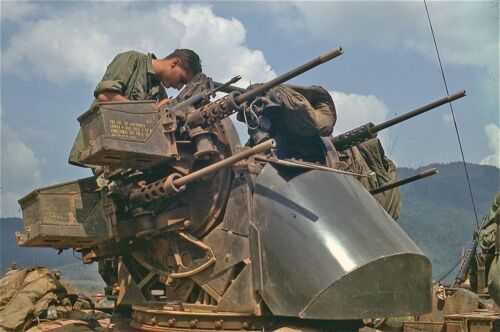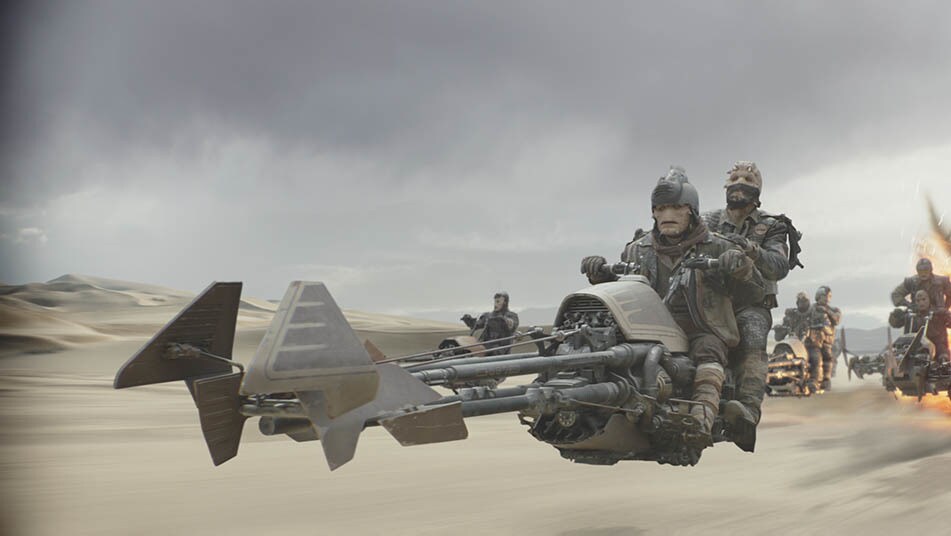Condottiere
Emperor Mongoose
Chuck Rajas in the Fifty Seventh Century: Artillery
L. If orbital strike missiles are smartless missiles, you should be able to use them in turrets, firmpoints and hard points mountings.
M. You point those in the desired direction, maybe angle of launch, and/or jiggle the fuel supply, and fire.
N. That's three deadly dice of groundside destruction.
O. At intercontinental range.
P. And you could equip it with an guided munition kit.
L. If orbital strike missiles are smartless missiles, you should be able to use them in turrets, firmpoints and hard points mountings.
M. You point those in the desired direction, maybe angle of launch, and/or jiggle the fuel supply, and fire.
N. That's three deadly dice of groundside destruction.
O. At intercontinental range.
P. And you could equip it with an guided munition kit.



